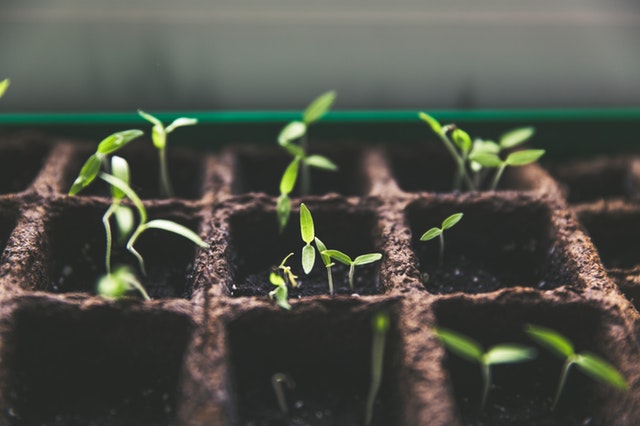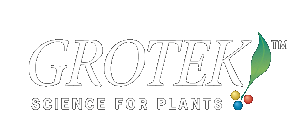There are hundreds of different methods which can be used to grow plants successfully. Exploring new ideas is a great way to get the most from your gardening experience. Techniques can vary widely and all have their limitations. Some are more involved than others and some require years of experience to perform at their peak potential. The following are three broad categories listed with their benefits and their drawbacks.
 Water culture is true hydroponics. Although there are many techniques, all work on the basis of a small amount of substrate to support the crown of the plant while oxygen and nutrient rich water is run over the root system to feed the plant. The lack of medium to store water and nutrients is a drawback but this is matched by the ability of a hydroponic system to adjust nutrient requirements more quickly than any other option, leading to accelerated plant growth.
Water culture is true hydroponics. Although there are many techniques, all work on the basis of a small amount of substrate to support the crown of the plant while oxygen and nutrient rich water is run over the root system to feed the plant. The lack of medium to store water and nutrients is a drawback but this is matched by the ability of a hydroponic system to adjust nutrient requirements more quickly than any other option, leading to accelerated plant growth.
Another reason plants can grow quickly in a well run hydroponic system is the fact that plant roots exert far less energy to search for nutrients than they would in soil. This makes more energy available for other plant functions such as flower and fruit development. One drawback to a water system is they generally have a communal reservoir and this means that if a pathogen strikes the system it can spread rapidly as plants cannot be isolated after infection.
 Soilless mixes are a form of hydroponics but are more forgiving than true water culture. They use inert media instead of natural topsoil. This customized soil structure can provide exceptional balance between available oxygen and water to the plants. These methods can respond well to the use of organics and it is possible to build some microbial diversity. This can take advantage of the benefits of biodiversity in natural soil, more than in true water systems.
Soilless mixes are a form of hydroponics but are more forgiving than true water culture. They use inert media instead of natural topsoil. This customized soil structure can provide exceptional balance between available oxygen and water to the plants. These methods can respond well to the use of organics and it is possible to build some microbial diversity. This can take advantage of the benefits of biodiversity in natural soil, more than in true water systems.
Soilless gardening is generally done in containers, which makes it much easier for growers to isolate infected or infested plants from the system to avoid more serious outbreaks of disease or insect pressure. For indoor growers, this type of gardening is a better place to start than true water culture; in fact many hobby growers will move on to water culture and then regress back to soilless growing due to the forgiving nature and adequate yields compared with the constant monitoring required in water systems.
 Soil growing could be done indoors but is generally limited to outdoor situations and is the most traditional and prevalent form of gardening on the planet. The focus of soil gardening is not on the single season but should be seen more as a long term project. Soil building is the primary goal, with healthy plants the outcome of good soil management.
Soil growing could be done indoors but is generally limited to outdoor situations and is the most traditional and prevalent form of gardening on the planet. The focus of soil gardening is not on the single season but should be seen more as a long term project. Soil building is the primary goal, with healthy plants the outcome of good soil management.
Organic practices will lead to the highest level and most diverse microbiology available to a gardener and this ecosystem can provide benefits not found in hydroponic systems. Although the overall system is more diverse, most soil gardens will not grow plants as quickly as a hydroponic system will. There is less direct control over nutrient supply and of course the gardener is at the mercy of true weather, rather than the manufactured environment of an indoor garden.
